The Right Pliers for Every Job: Mastering Your Tools Like a Pro

Pliers may look quite similar at first glance, but in reality, each one has its own unique "superpower." Just like superheroes with distinct abilities, some pliers excel at cutting, others are great at gripping, and some are specially designed to work in tight spaces. Using the wrong pliers for the job is like sending a swimmer to climb a mountainnot only is it inefficient, but it can also ruin your work and damage your tools prematurely.
In the world of craftsmanship, knowing the different types of pliers isnt just general knowledgeits a fundamental skill that helps you work faster, neater, and more safely. And of course, it makes you look like a real pro in the eyes of clients or those around you. This article will take you on an in-depth journey through the different types of plierstheir main functions, standout features, and important precautions. Think of it as assembling a team of superhero tools, each ready to tackle any mission with confidence!
How many types of pliers are there, and how is each type used differently?
Pliers are a basic tool in the world of craftsmanship, available in various forms to suit different types of tasks. Even though they may look alike, each type of pliers is specifically designed for a particular functionranging from gripping, squeezing, bending, and cutting, to wire stripping and installing retaining rings. To ensure maximum efficiency and safety while working, it's essential to understand the unique features and functions of each type of pliers in detail. There are many models of pliers to choose from, suitable for both professional tradespeople and home DIY enthusiasts. This article will thoroughly explain the usage, key features, and how to choose each type of pliers, categorized by their function as follows
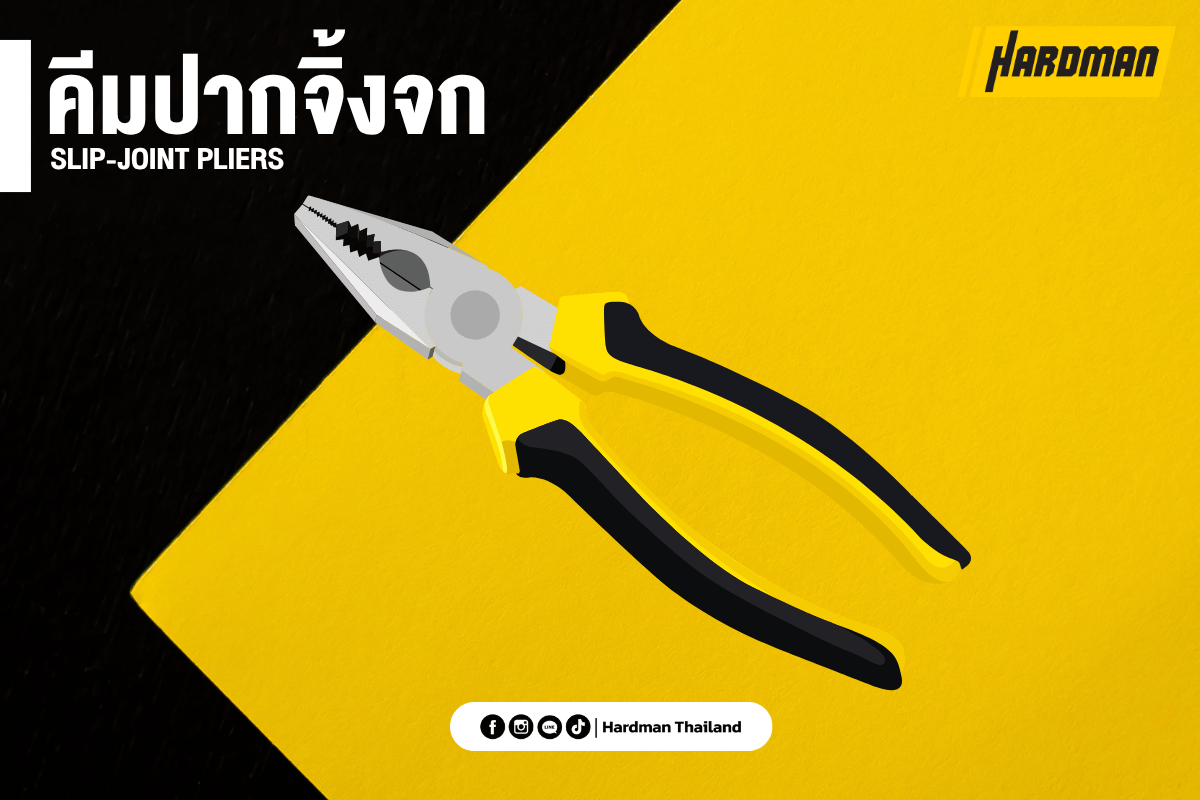
Slip-Joint Pliers
Think of this as the worlds first multi-purpose pliers. Its the ultimate household essential, capable of handling a wide variety of tasks. With its adjustable jaws, it can grip, squeeze, bend, and even cut certain materialsall in one tool. Its the perfect all-rounder, ideal for general use, from electrical work and plumbing to minor home repairs.
Highlighted Skills:
- Adjustable Jaw Width: Can grip objects of various sizes, such as nuts, pipes, or other materials.
- Versatile Use: A great go-to tool when you dont have specialized pliers on hand. It can grip, clamp, cut thin wires, or even tighten small nuts fairly well.
- Best for: Beginners or anyone who wants a reliable tool to keep at home for emergencies.
How to Choose Slip-Joint Pliers (aka tongue-and-groove or groove-joint pliers):
- Size: Choose a size that fits your hand and the tasks you do most often. Generally, 68 inches is a good standard for general use. For larger tasks like gripping big pipes, consider 10 inches or more.
- Material: Check the strength of the steel and whether it's heat-treated. Hardened carbon steel offers good durability and rust resistance.
- Grip: Look for thick, ergonomic handles that reduce fatigue. If working with electrical systems, choose models with insulated handles (e.g., rated for 200V or more).
- Special Features: Some models include a spring-loaded handle for automatic jaw openingvery handy for one-handed use. Others may feature a locking mechanism to secure the jaws in place as needed.
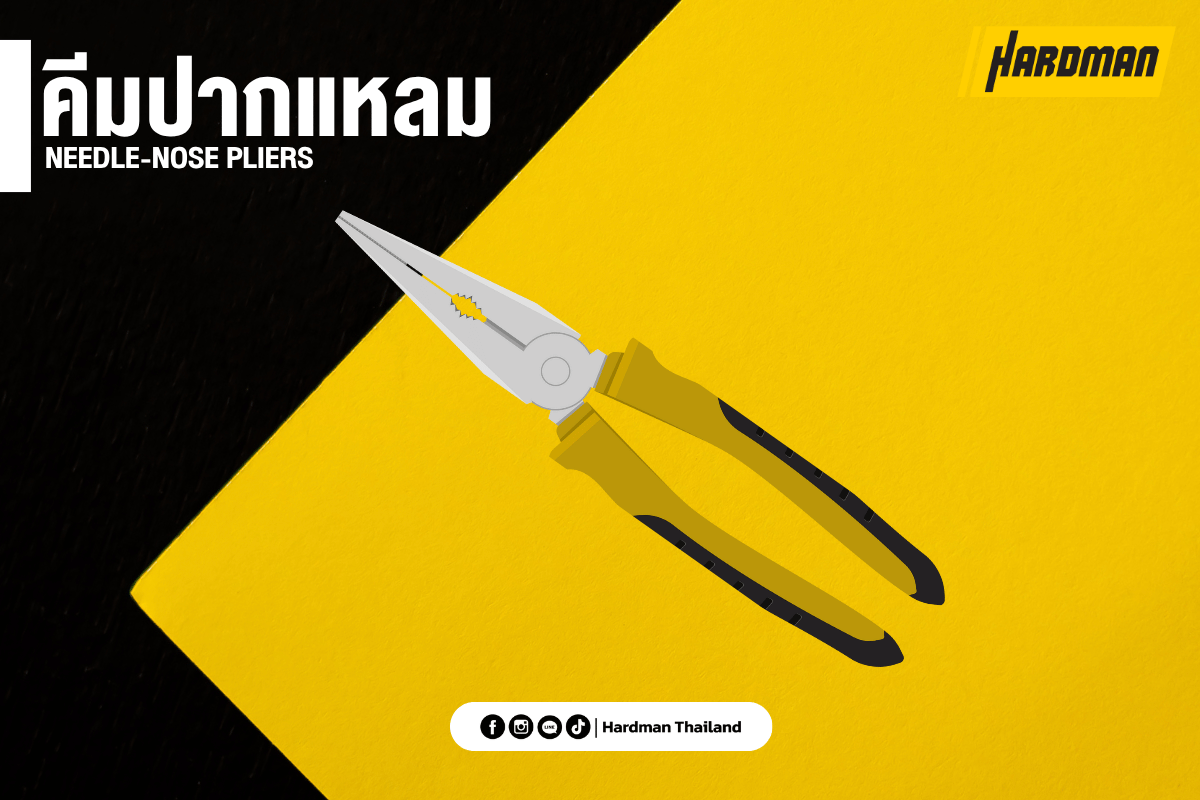
Needle-Nose Pliers
This is the surgeon of your toolbox! With its long, narrow, and sharply pointed jaws, this type of pliers can easily reach into tight spaces, making it perfect for precision tasks like electronics, jewelry making, or plumbing work that involves gripping or bending tiny components. Some models also come with a built-in wire cutter, making them an all-in-one tool for delicate jobs.
Highlighted Skills:
- High Precision: The fine tip allows you to grip, bend, or coil small wires with great accuracy.
- Access to Tight Spaces: Whether its a narrow gap or awkward corner that regular pliers cant reach, needle-nose pliers can handle it all.
- Best for: Electronics technicians, jewelry makers, or anyone working with small components that require detailed handling.
- Jaw Length and Shape: Consider whether your work requires a straight tip or angled jaws (45° or 90°) to better reach confined spaces or shape components at specific angles.
- Size: Standard needle-nose pliers are around 68 inches long. For extremely fine tasks (e.g., electronics), you may want smaller models for more control.
- Material: Choose pliers made from hardened carbon steel for strength and resistance to bending.
- Grip: For electrical work, opt for models with insulated handles rated for up to 1,000V to ensure maximum safety.
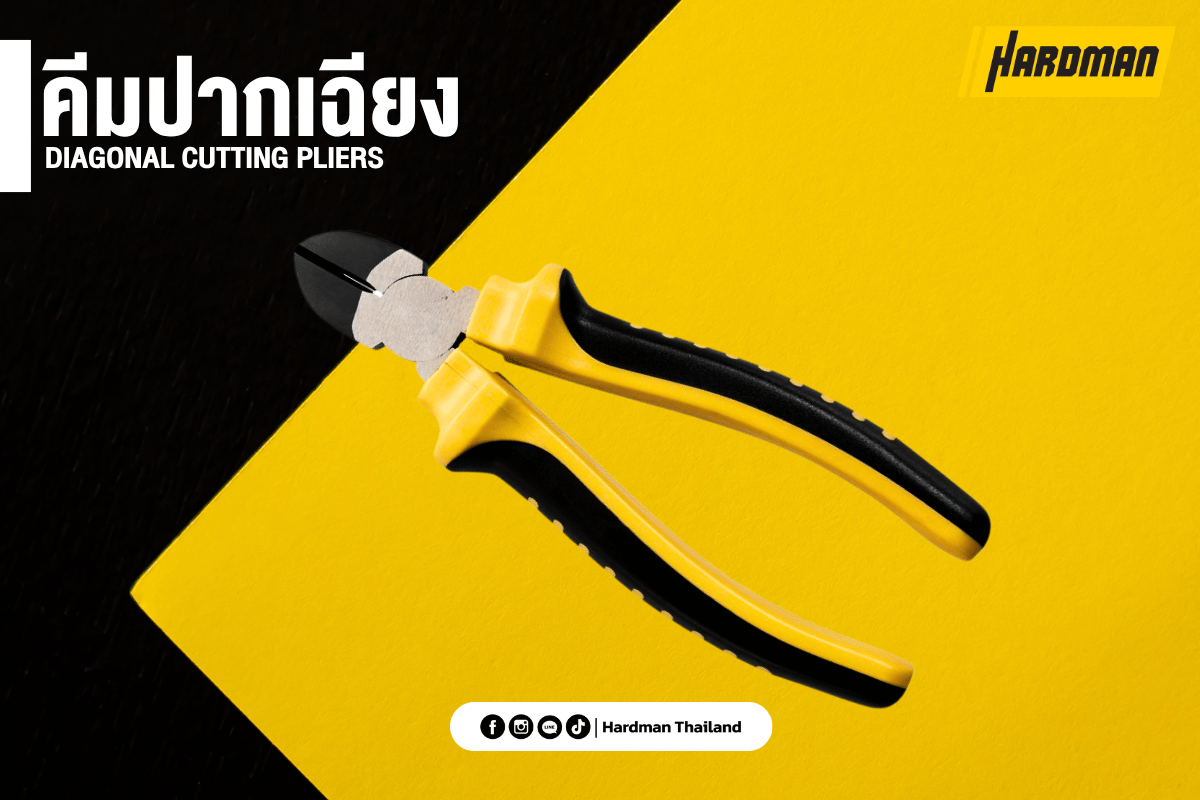
Diagonal Cutting Pliers
Nicknamed "The Master Cutter," this plier is purpose-built for cutting tasks! With its angled, razor-sharp jaws, it delivers clean, precise cuts on wire-like materialsbe it copper wire, small steel wire, cable strands, or even protruding nails left after installation. This tool will instantly make your work look more polished and professional.
Highlighted Skills:
- Razor-Sharp Cutting: Specially designed blades make smooth cuts without leaving burrs.
- Durable Build: Despite its compact size, its built tough to handle high cutting forces.
- Best for: Electrical work, construction, or anyone needing to cleanly cut through wire-like materials with precision.
How to Choose Diagonal Cutting Pliers (Side Cutters):
- Cutting Capacity: Most important is to know the maximum wire size the pliers can cut. Always choose a model that clearly states its cutting limits to avoid overuse or damage.
- Blade Hardness: Look for hardened blades (typically rated at HRC 5258) for long-lasting sharpness and resistance to dulling.
- Handle Grip: Options include thick handles (for better grip and anti-slip control) or slim handles (for better precision and control in fine work). Choose based on your preference.
- Blade Design: Some models feature slightly angled blades to increase cutting power. Select one suited to the type of wire you commonly work with.
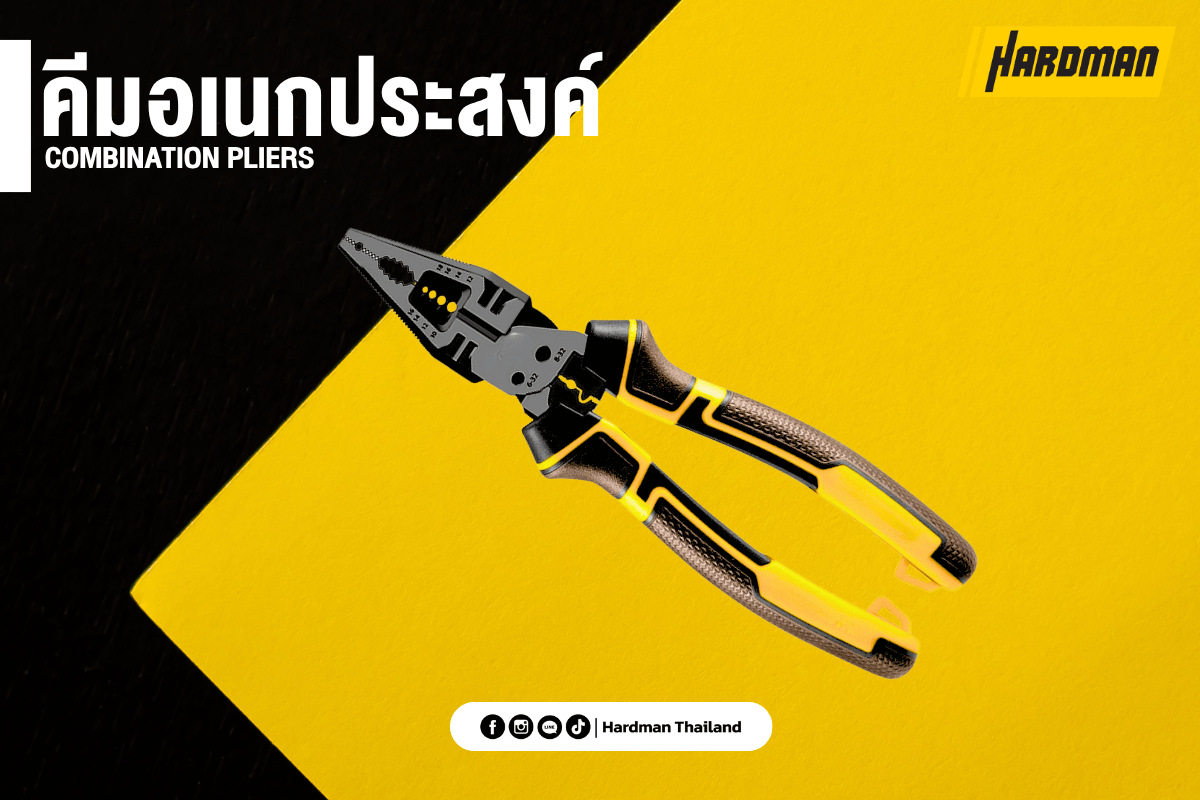
Combination Pliers
Meet your "go-to all-rounder," the perfect balance of grip and cut! This versatile plier combines gripping teeth and a built-in wire cutter near the base, making it ideal for electrical and general repair work. You can pull, grip, and cut wires all with the same toolno need to switch between tools constantly.
Highlighted Skills:
- Two-in-One Functionality: Excellent for both gripping and cuttingsaves time and space in your toolbox.
- Strong & Durable: Typically made from high-quality steel with chrome plating for long-lasting use.
- Best for: Beginners unsure of where to start, or anyone looking for a single tool that covers all basic needs.
How to Choose Combination Pliers:
- Jaw and Blade Thickness: Ensure the jaws are wide enough for the parts you plan to grip, and the cutter is suitable for the size of wire you often use.
- Blade Hardening: The cutter should be hardened or aluminum-coated to withstand frequent cutting of tough wires.
- Handle Grip: Choose handles that offer good control and comfort. For electrical work, select insulated models rated for high-voltage tasks.
- Jaw Opening Width: Test whether the pliers can open wide enough to handle the materials you frequently work with.

Plastic Cutting Pliers
Call it the "Plastic Slayer"! This type of pliers is specially designed for cutting soft materials like plastic cable ties, thin plastic sheets, or some types of soft wire. With blades crafted for flush cutting, it leaves behind smooth, clean edgesno sharp burrs or annoying stubs to snag your fingers or ruin your finish.
️Highlighted Skills:
- Clean, Flush Cuts: Leaves a smooth edge with no jagged remains.
- Precision Sharpness: Thin, razor-sharp blades make cutting through plastic effortless.
- Best for: Post-installation cleanup tasks where leftover plastic pieces need trimming, or for anyone who frequently cuts zip ties, cable ties, or plastic sheeting.
How to Choose Plastic Cutting Pliers:
- Jaw Shape: Consider what youll be cutting most oftene.g., cable ties or flat plastic sheets. Curved blades may be better for rounded materials.
- Blade Material: Choose hardened alloy steel blades for quick, clean cuts and long-lasting sharpness.
- Handle Grip: Look for rubber or polymer-coated grips for comfort and better control.
- Cut Quality: Check reviews or test the tool to ensure it cuts without leaving plastic residue or jagged edges clinging to the blade.
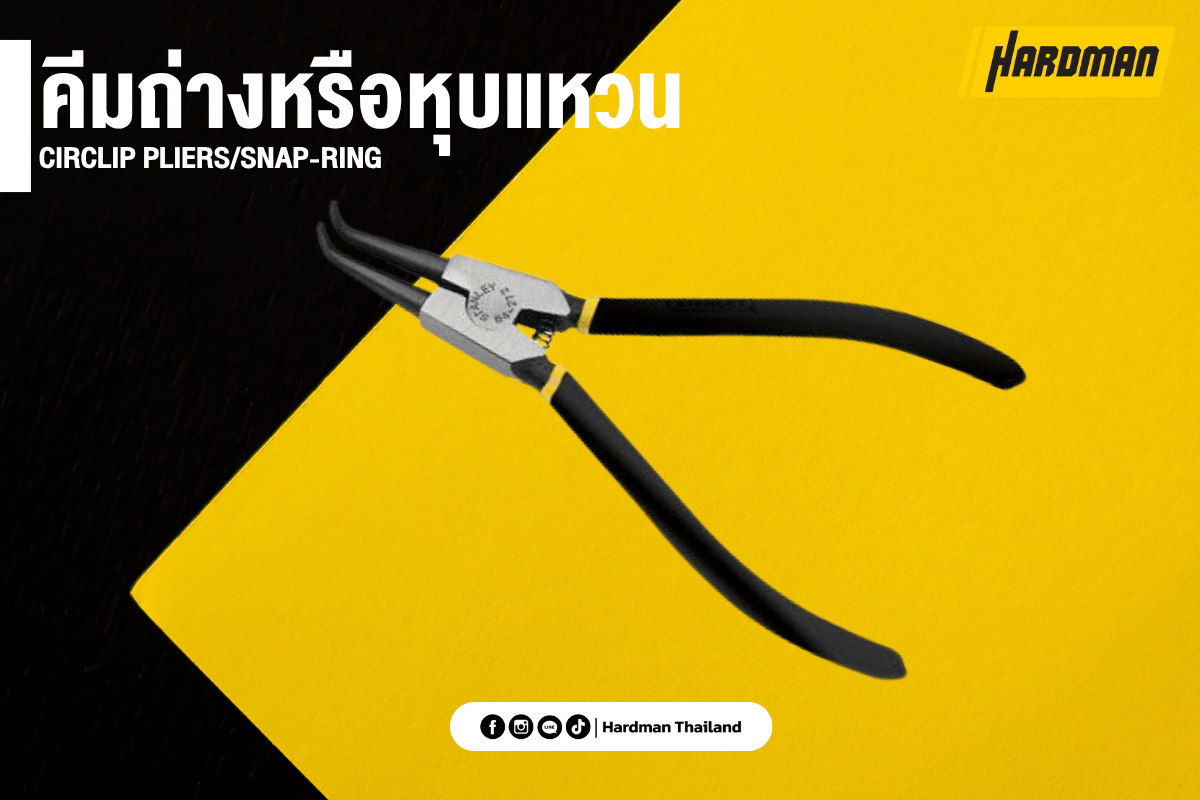
Snap-Ring/Circlip Pliers
Meet the Snap Ring Specialist! This specialized plier is designed specifically for installing and removing snap rings (also called circlips) that hold components in place, such as piston rings or shaft circlips. There are two main types: external snap ring pliers (for expanding rings) and internal snap ring pliers (for compressing rings). These tools make maintenance of machinery and automotive repairs involving snap rings much easier.
Highlighted Skills:
- Purpose-Built for Snap Rings: The tips have small hooks that fit perfectly into the holes on snap rings.
- Prevents Damage: Allows removal and installation without damaging the ring, the workpiece, or your hands.
- Best for: Mechanics, machine repair technicians, or anyone frequently working with snap rings.
How to Choose Snap Ring Pliers (Internal or External):
- Snap Ring Type: Clearly identify whether you need to work with internal (compress) or external (expand) snap rings.
- Tip Size: Select the appropriate tip diameter to fit snugly into the snap ring holes for a secure grip without damaging the ring.
- Handle Grip: Choose insulated or anti-slip coated handles for comfort and safety.
- Interchangeable Tips: Some models come with interchangeable tips (2-in-1), which are convenient and cost-effective when working with different types of snap rings.
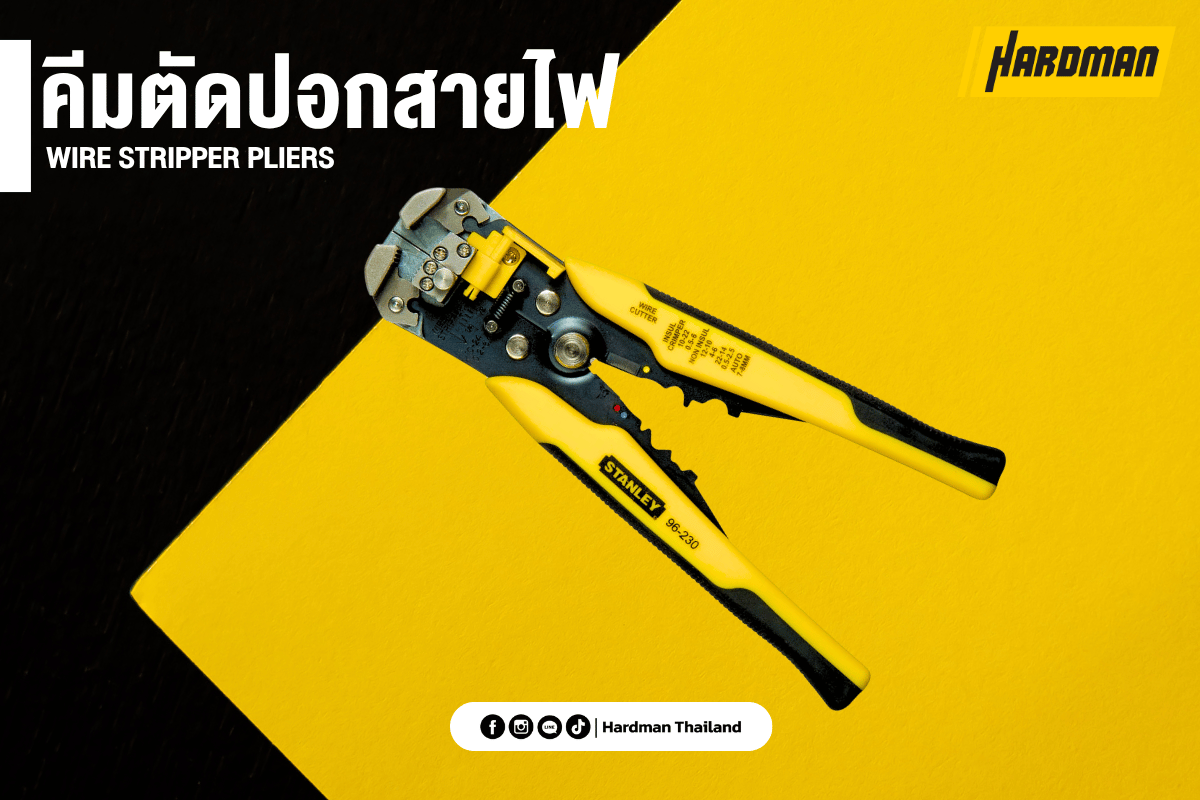
Wire Stripper Pliers
The "Electricians Best Friend"! This plier combines wire cutting and insulation stripping functions into one tool. It features multiple gauge-sized holes for stripping insulation from wires of various thicknesses, making electrical work faster and more precise without the need to switch between cutters and wire strippers.
Highlighted Skills:
- All-in-One for Wiring: Cuts and strips efficiently for convenience and speed.
- Precision Stripping: Different sized holes help strip insulation cleanly without damaging the copper core.
- Best for: Electricians or anyone frequently working with wiring, wiring installation, or electrical repairs.
How to Choose Wire Stripper Pliers:
- Wire Gauge Range: Ensure the stripping holes cover the wire gauges you commonly use (e.g., 2210 AWG).
- Handle Insulation: Handles should be insulated (rated for 1,000V or more) if you work around live circuits.
- Extra Features: Some models have an auto-stripper function, which automatically removes insulation with a simple squeezeideal for high-volume jobs.
- Cutting Blades: Confirm the cutting blades are durable and effective for real-world wire cutting.
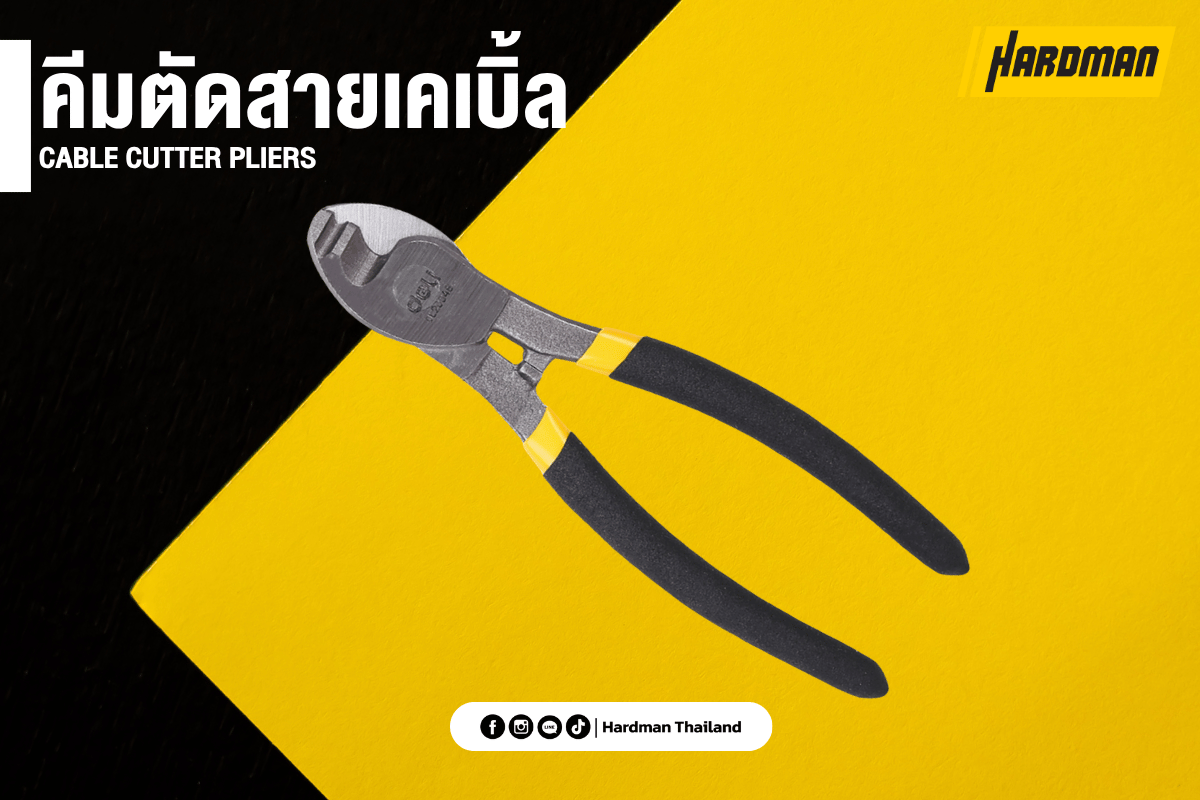
Cable Cutter Pliers
The True Cable Cutter! Designed specifically to cut large electrical wires and cables such as multi-strand copper or aluminum cables, or thick household wiring. With specially curved blades and a sturdy handle, it cleanly cuts cables without pushing the wire out of the jaws or causing distortion during cutting.
Highlighted Skills:
- Handles Large Cables with Ease: Perfect for cutting thick cables smoothly.
- Clean Cut Edges: Curved blades cradle the cable throughout the cut for smooth, neat edges.
- Ideal For: Electricians, plumbers, or anyone who frequently cuts thick cables or heavy-duty wires.
How to Choose Cable Cutters:
- Cutting Capacity: Choose a cutter that can handle the cable size you need. For example, if cutting household wires of 2.54 mm², select a cutter that can handle at least 610 mm². For heavy-duty work, look for cutters that cut cables 20 mm or larger in diameter.
- Blade Design: The blade should be large, strong, and curved to hold the cable during cutting, ensuring a clean cut without crushing.
- Handle: Should be thick and durable under pressure. Some models include reinforcement bridges or hydraulic systems for very heavy-duty cutting.
- Blade Material: Make sure the blade is ground and beveled properly for cutting either plastic insulation or soft metals, depending on your needs, to ensure sharpness and durability.
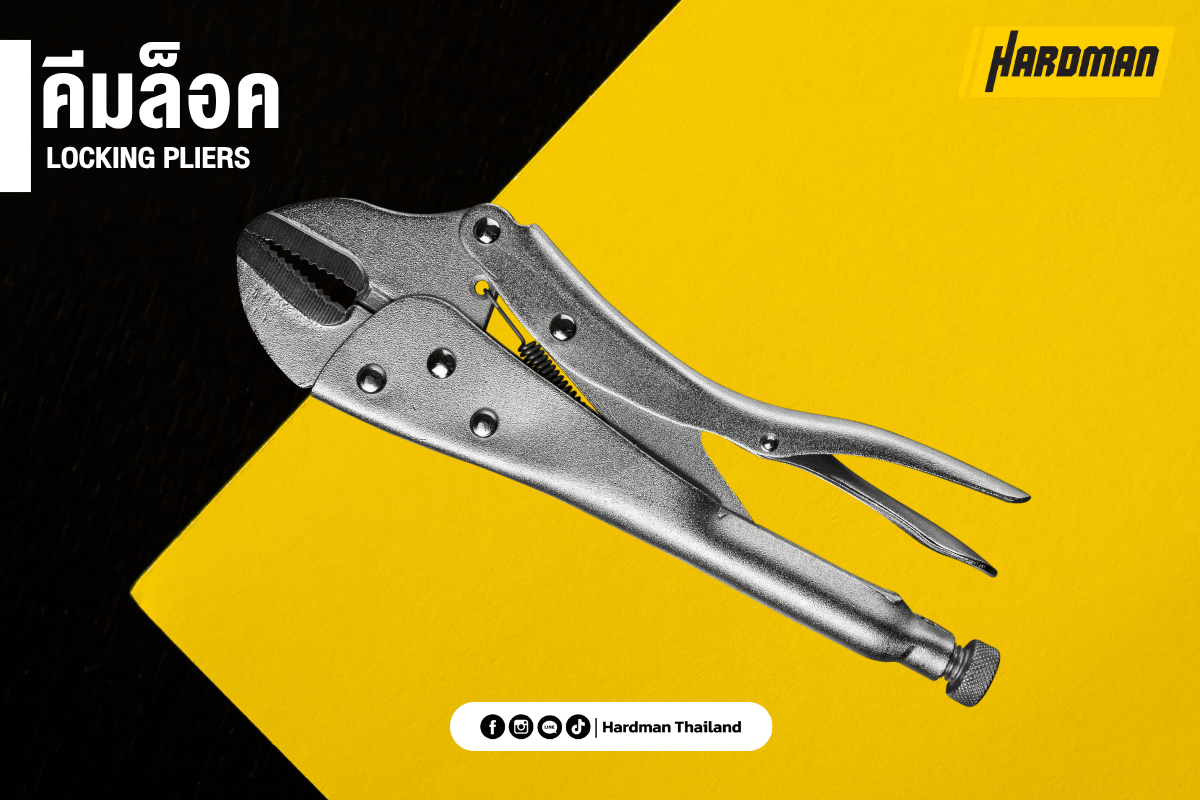
Locking Pliers
คThis is your Third Hand for Holding! Its standout feature is the locking mechanism that automatically clamps and holds your workpiece firmly, so you dont have to keep squeezing manually. You can adjust the jaw width and locking pressure, making it hold objects securely. Its perfect for tasks that require a strong grip or when you need an extra hand to hold something tightly.
Highlighted Skills:
- Locks firmly: Holds objects tightly without you having to continuously apply pressure.
- High gripping force: Acts like a vice that clamps onto the workpiece firmly and continuously.
- Ideal for: General maintenance, construction, or agricultural work where strong clamping force is needed or you need a steady hold on the workpiece.
- Jaw shape:
- Straight jaws: Best for gripping square or hexagonal materials like nuts or rivet heads, providing full surface contact and strong forceideal for general metalwork.
- Needle-nose/curved jaws: Suitable for reaching tight spaces or gripping small, complex parts such as wiring or intricate bending tasks.
- Length: Choose a size suitable for general use (commonly around 6 to 11 inches).
- Material: Use high-quality alloy steel with hardened jaws to withstand locking force.
- Jaw adjustment system: A fine screw adjustment allows precise control of jaw opening and gripping pressure to avoid damaging the workpiece with excessive force.
- Straight jaws: Best for gripping square or hexagonal materials like nuts or rivet heads, providing full surface contact and strong forceideal for general metalwork.

Bird-Beak/Circle Nose Pliers
Think of it as the "Artist of Wire Bending"! This type of pliers has curved, bird-beak-like tips, perfect for bending or shaping wire, such as making loops, crafting, brasswork, or goldsmith work. The curved tips allow for precise control over bends without damaging delicate surfaces.
Highlighted Skills:
- Precise Bending: Helps you control bending of wires or small materials with high accuracy.
- Surface Protection: Suitable for delicate materials that require fine craftsmanship.
- Ideal for: Jewelry making, crafts, or anyone who needs to bend wire into detailed shapes.
How to choose wire bending pliers:
- Tip shape: Select tips that suit your workpiece.
- Wide tips: Suitable for bending large loops or round objects.
- Narrow, elongated tips: For accessing small holes or delicate electronic work needing very fine tips.
- Material of the jaws: Should be hardened or made of high-quality stainless steel to resist scratches and bending stress.
- Handle: Designed for comfort and easy control to support precise, delicate work.

Crimping Pliers
Last but not least, meet the "Professional Crimper"! Crimping pliers are essential tools for securely connecting wires to terminals or connectors by applying pressure to firmly attach the wire to the terminal. Proper crimping ensures a safe, reliable connection that prevents short circuits and heat buildup.
Highlighted Skills:
- Secure Connection: Ensures the wire and terminal are tightly and safely joined.
- Multiple Crimping Slots: Supports a variety of terminal types and wire sizes.
- Ideal for: Electricians, electronics technicians, or anyone installing electrical systems in vehicles, control panels, or communication equipment.
How to choose crimping pliers:
- Crimping slots and wire sizes: Check that the pliers have slots matching the wire sizes and terminal types you use most often (e.g., 1.5/2.5/6.0 mm² or supports insulated/uninsulated terminals).
- Ratchet mechanism: For consistent pressure and accuracy, choose ratchet-style crimpers that lock until the full crimping force is applied.
- Multi-function: Some models combine cutting, stripping, and crimping in one tool, ideal for versatile electrical work.
- Durability: The pliers should be strong and durable to withstand repeated pressure.
You see, each type of pliers has its own unique capabilities and is designed for different tasks. Choosing the right type and size of pliers will make your work easier, safer, and deliver professional-quality results! Most importantly, selecting the "right" pliers isnt just about having a complete set of tools its about having the tools that suit the mission. This ensures every job you do runs smoothly, efficiently, and with maximum safety.


